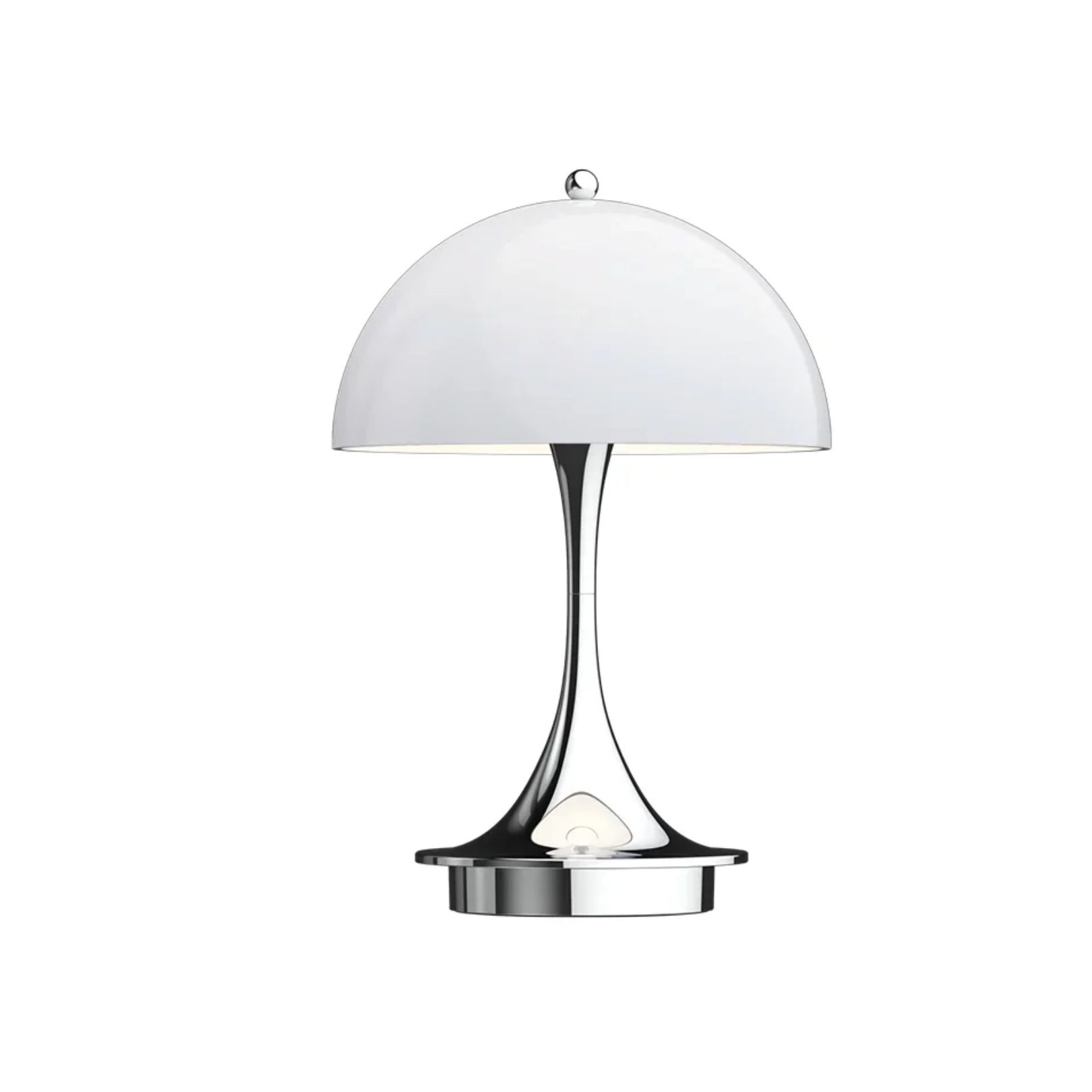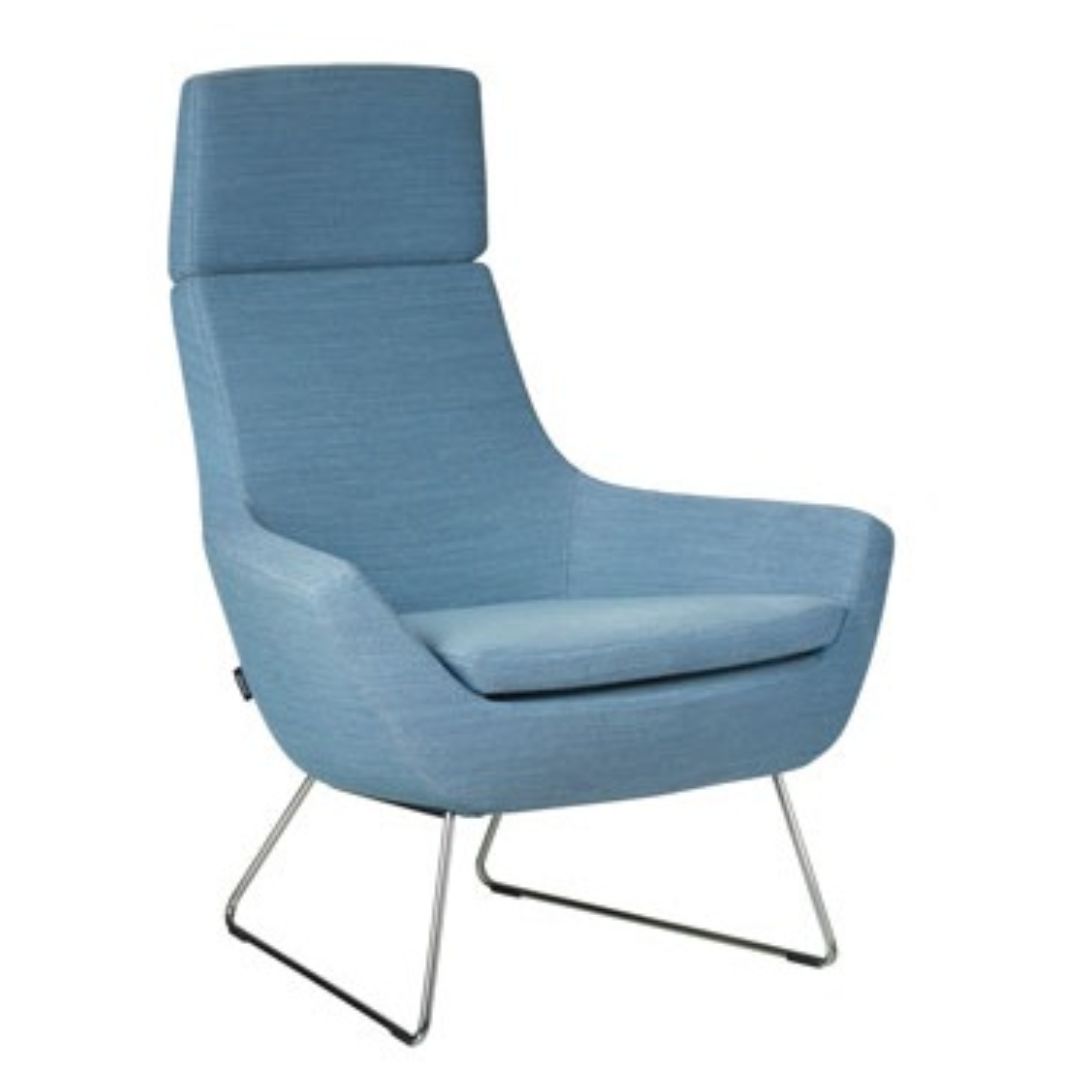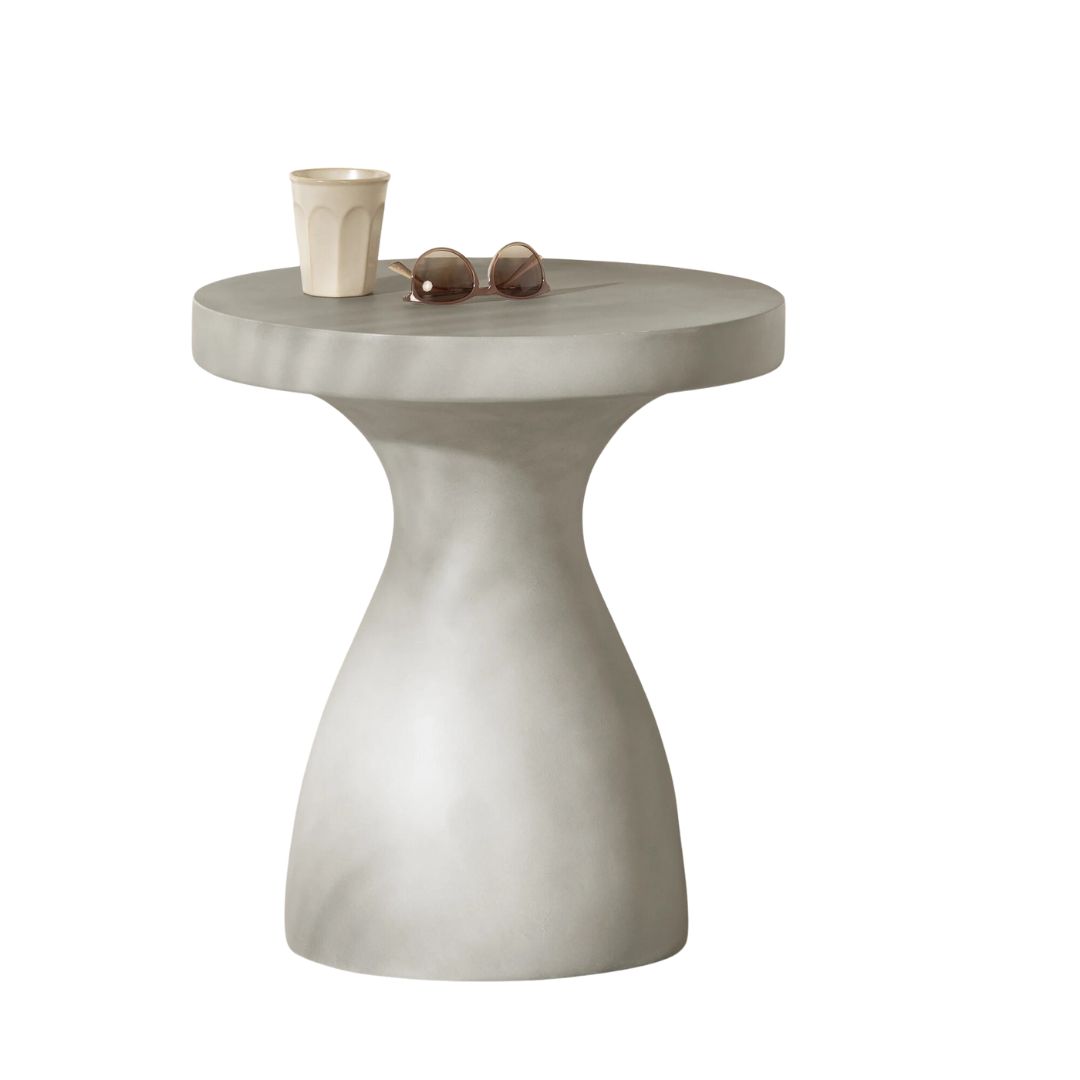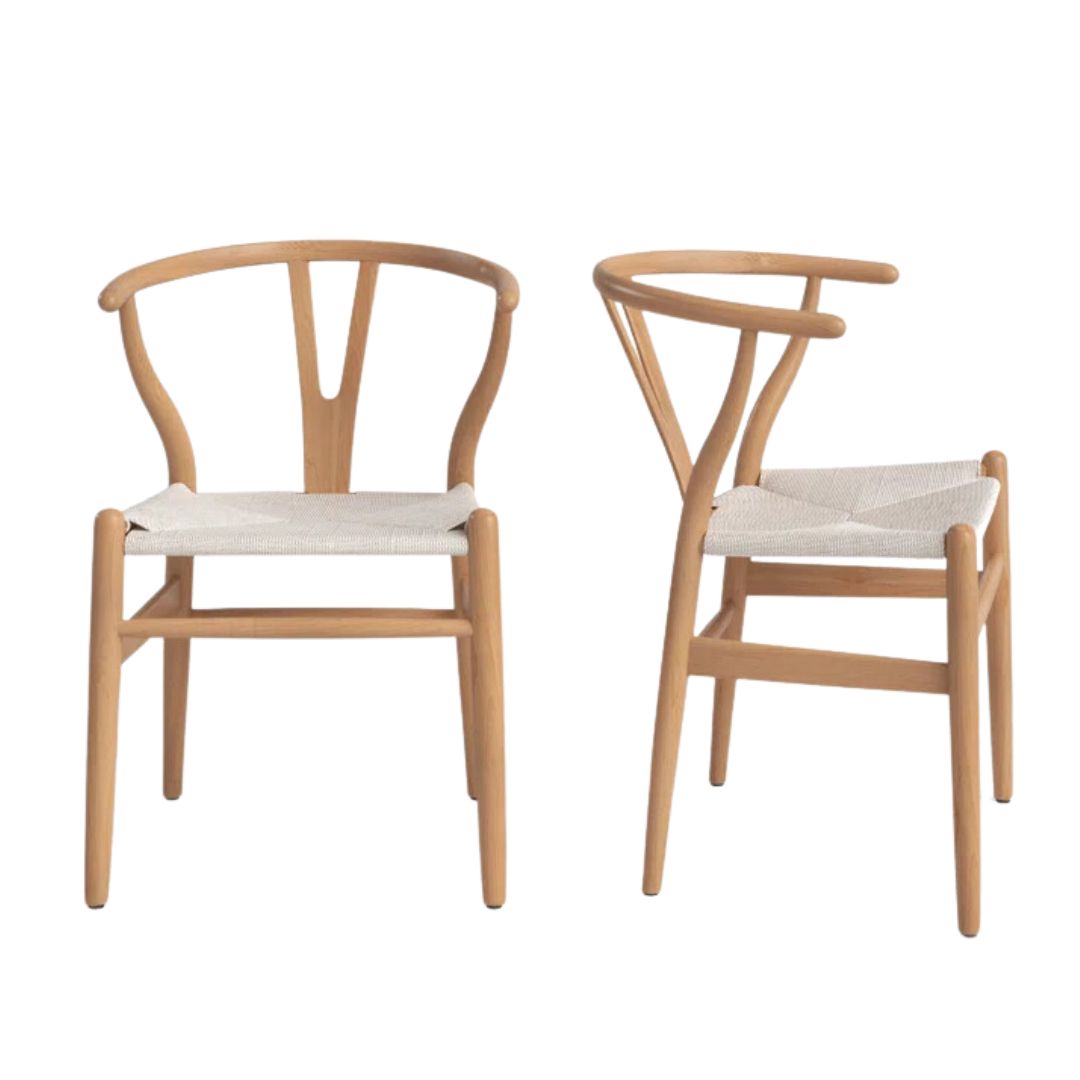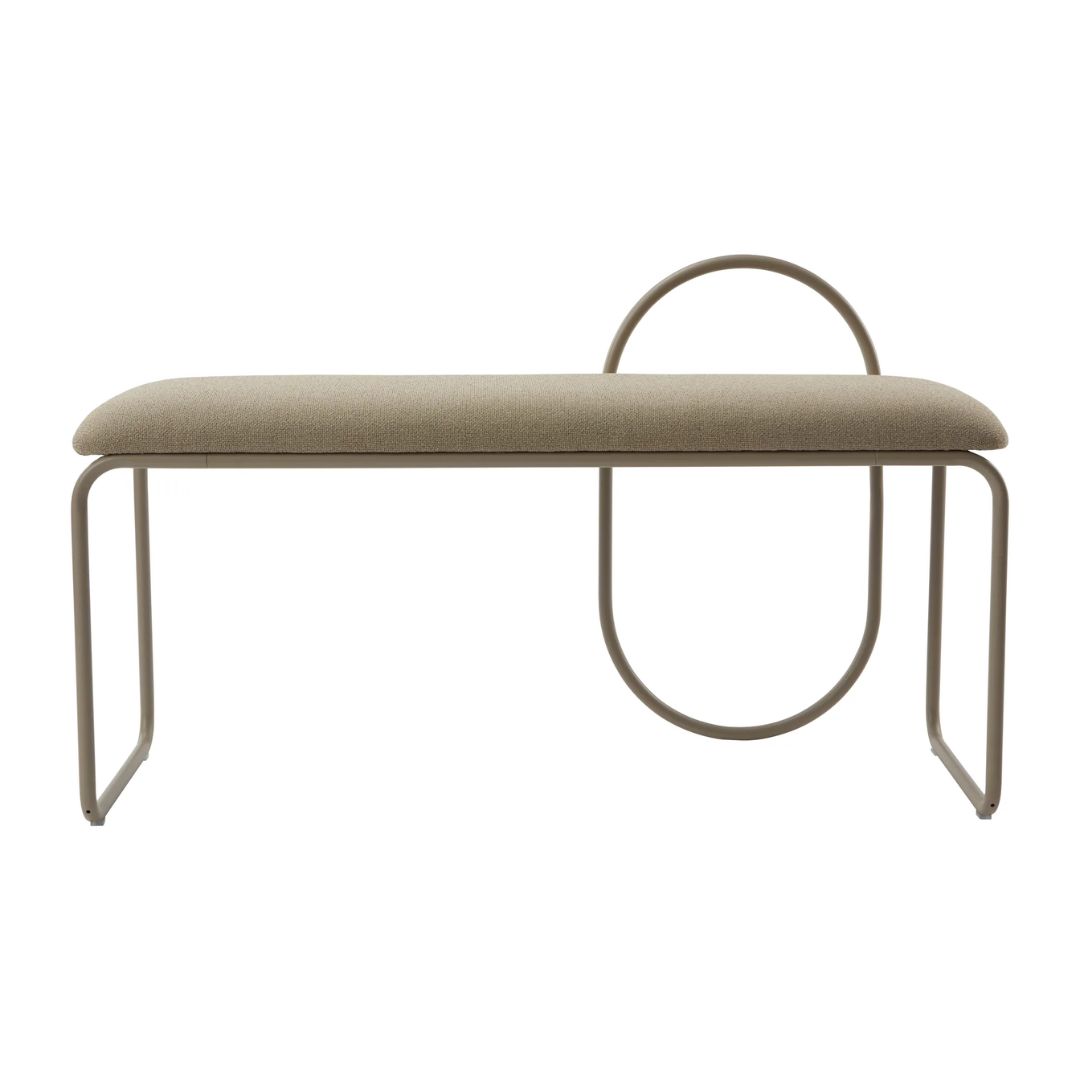How Can I Make My Home Feel More Scandinavian? 5 Tricks to Try for a Calm, Nordic Feel
A masterclass in how the Scandis work and play with light, materials, and space to best design effect

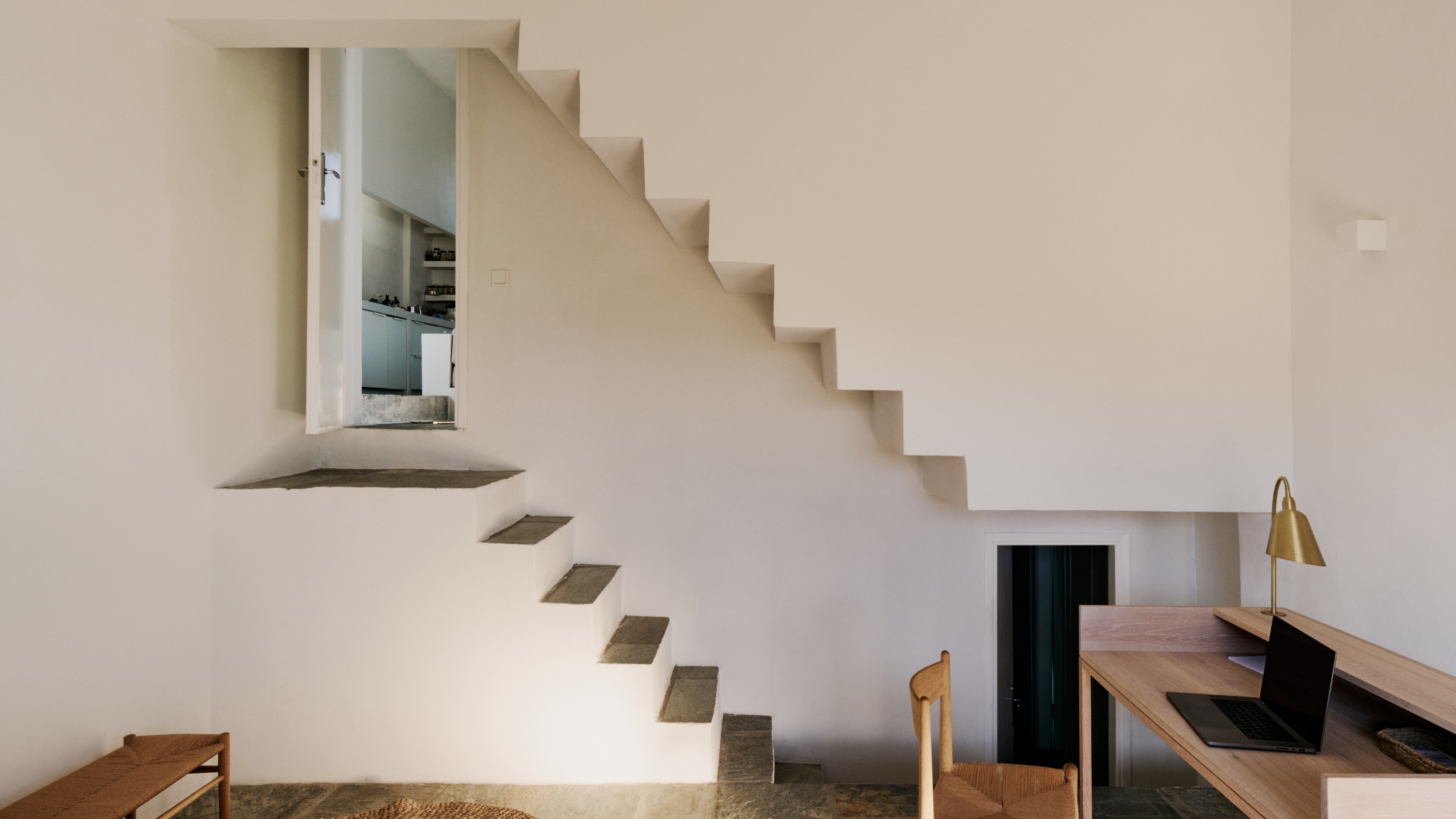
Scandinavian homes are as inviting as they are clever, there is always good reason to turn to the Nordics for interior design lessons. If you are fortunate enough to land in Europe for a weekend well spent exploring Stockholm, or Copenhagen, you will quickly understand our obsession. But rest assured, if you're a fan of Scandinavian design, you will not need to travel that far to enjoy the best of Scandinavian design.
From Swede lighting to a Hans Wegner CH30, it is likely you have experienced Scandinavian design in one way or another. You might even be sitting in an Egg-shaped chair this very instant, unaware that it was developed in the 60s by Danish architect, Arne Jacobsen.
To understand how to channel Scandinavian charm in a home, we asked designers, from around the world, for their top Scandinavian design tricks — the results should help you create a home that feels modern, minimalist but welcoming, too.
What are the fundamentals of Scandinavian homes?
Inherently cool, and typically characterized by a neutral and minimal color palette, some might label Scandinavian design as categorically, 'modern', but its timelessness is much more deeply rooted. "Oftentimes, Scandinavian is taken for being modern," says Swedish interior designer Christina Richardson, "but it's not at all modern for us Scandinavians. While modern is cool with straight lines and very seldom functional, purely minimalistic, Scandinavian is basically the opposite."
To understand more about the key traits of this iconic interior style, we caught up with Christina and other interior designers and architects to learn about the fundamentals of Scandinavian design. Here are their secrets:
1. Play with light for beautiful effect
In a part of the world, that finds itself with too many daylight hours through half the year, and without enough for the rest, working (and playing) with the natural daylight available is an intrinsic part of Scandinavian design. We spoke with Sigurd Larsen the founder of Sigurd Larsen Design & Architecture, who grew up in Denmark ahead of studying architecture in Copenhagen and still applies lots of his learned fundamentals of Danish, and Scandinavian design to his work today.
"Some of the things that I definitely took with me and that I do work with a lot is exactly the topic of the daylight," says Sigurd. This will be for seamless day-to-day living, but also for design flair. In the above Piperi House for instance, though based on a small peninsula off of the Greek Island, Kythnos, which boasts more sunshine hours than Scandinavia countries, it is full of tactical tricks to add beauty and function to the home at different times of the day rather than solely relying on artificial kitchen lighting.
The Livingetc newsletters are your inside source for what’s shaping interiors now - and what’s next. Discover trend forecasts, smart style ideas, and curated shopping inspiration that brings design to life. Subscribe today and stay ahead of the curve.
"We made a house in Greece where at five o'clock in the afternoon, daylight is reflected between two walls before it illuminates the whole kitchen table. So, it's like the sun tells you: Now you should start cooking. So, suddenly the kitchen becomes a nicer space in the house because it's a brighter space."
2. Punctuate spaces with classic and iconic pieces
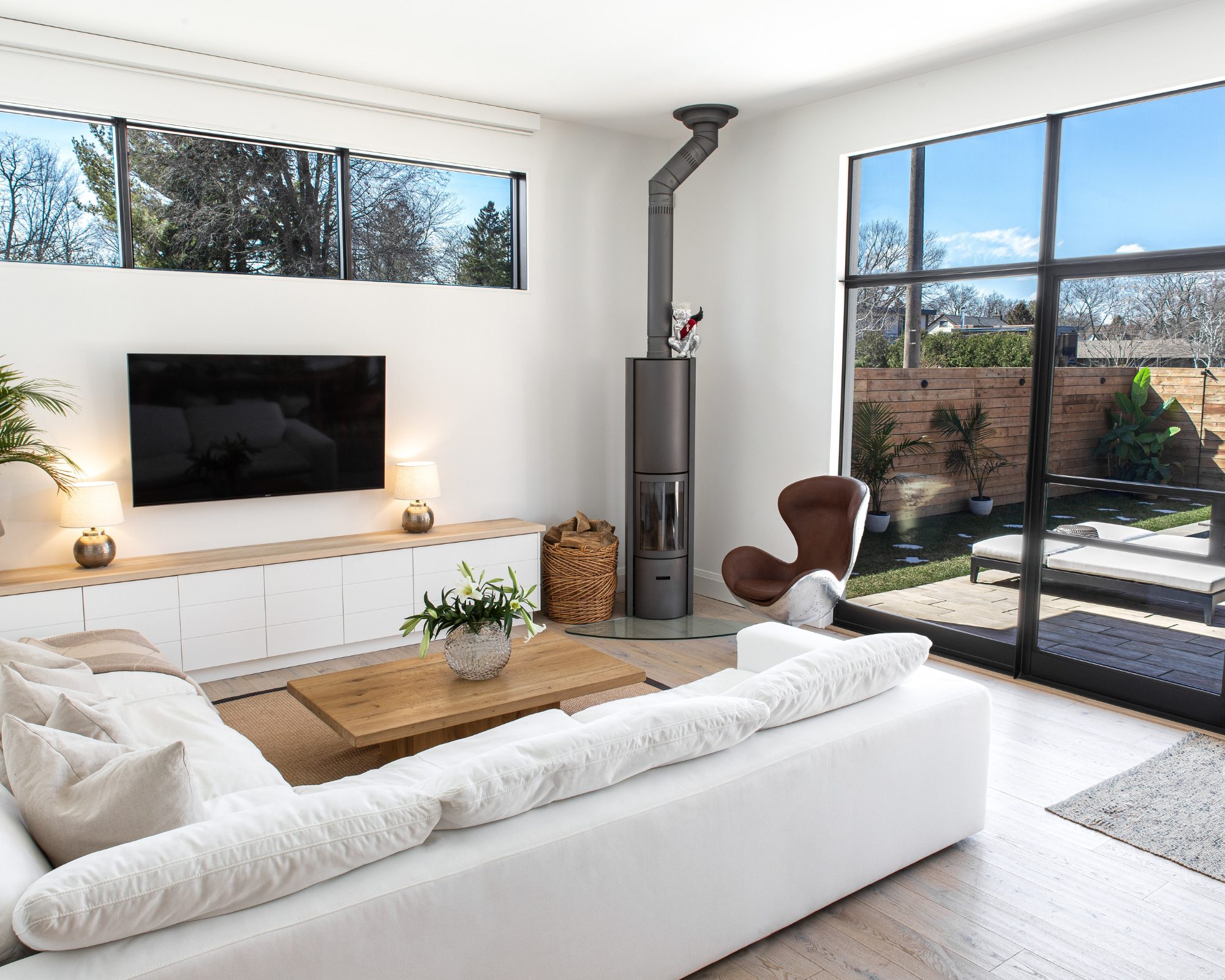
For those who want to inject a Scandinavian design element into their interiors without a renovation or DIY, invest in the icons for the best results. "If painting isn’t your jam, maybe have a look at your furniture," continues Christina. Especially if your couch is too bulky or dark consider something 'lighter' on all accounts. "Maybe it is time to throw out the recliner that takes up most of your living room and replace it with something lighter like a Swedese chair or and Eames chair that doesn’t take up the entire visual space?" A mid-century classic, there is an art to buying Eames furniture too...
Especially when looking at seating and artificial lighting, they are essential to setting the tone for an inviting space. "We have used chairs and benches and so on from Danish designers," adds Sigurd. "I think often when we design a house which is kind of solidly built, it's a very nice contrast to put in a lot of the Scandinavian lamps. Our office is full of Poul Henningsen lamps and different classic chairs." For anyone that might not know, Poul Henningsen was an iconic Danish designer, renowned for developing the PH5 three-shade light system, that would make a striking addition to a living room.
3. Design with fluidity and 'living' in mind
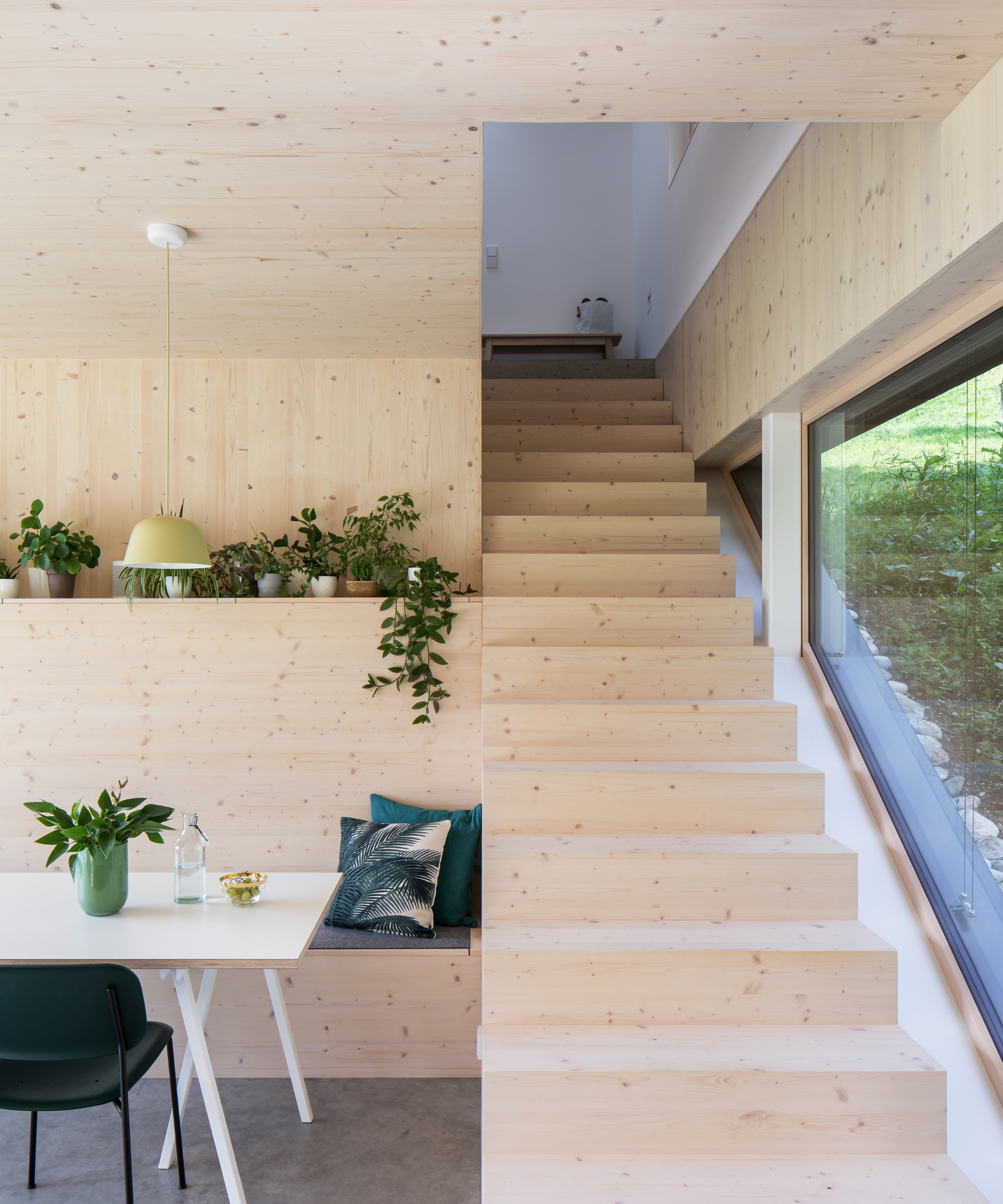
There is a reason these pieces are iconic. They have been designed to accommodate how humans live rather than how we 'should' sit, sleep, and so on. They are also designed to be movable and keep up with our changing tastes and circumstances – as is a natural part of life. "What is nice about them is the lightness of them," continues Sigurd. "They're sort of lifted from the ground, they're quite slim, they're floating a little bit more. Everything that is movable is often not so heavy. So, you can move it." This fluidity is a key factor of Scandinavian design; Sigurd highlights how it goes hand in hand with the Danish way of living, where it is quite the norm to move homes frequently. "We have a tradition about moving house many times in Denmark," notes the architect.
Keeping your space and belongings a little mobile simply makes for a more functional present and future. "We even think about that one day we have to take that sofa down again." Part of the reason we all love IKEA, for example, is the handiness of flatpack furniture as well as its ergonomic and simplistic approach to day-to-day living.
4. Choose a minimal material palette
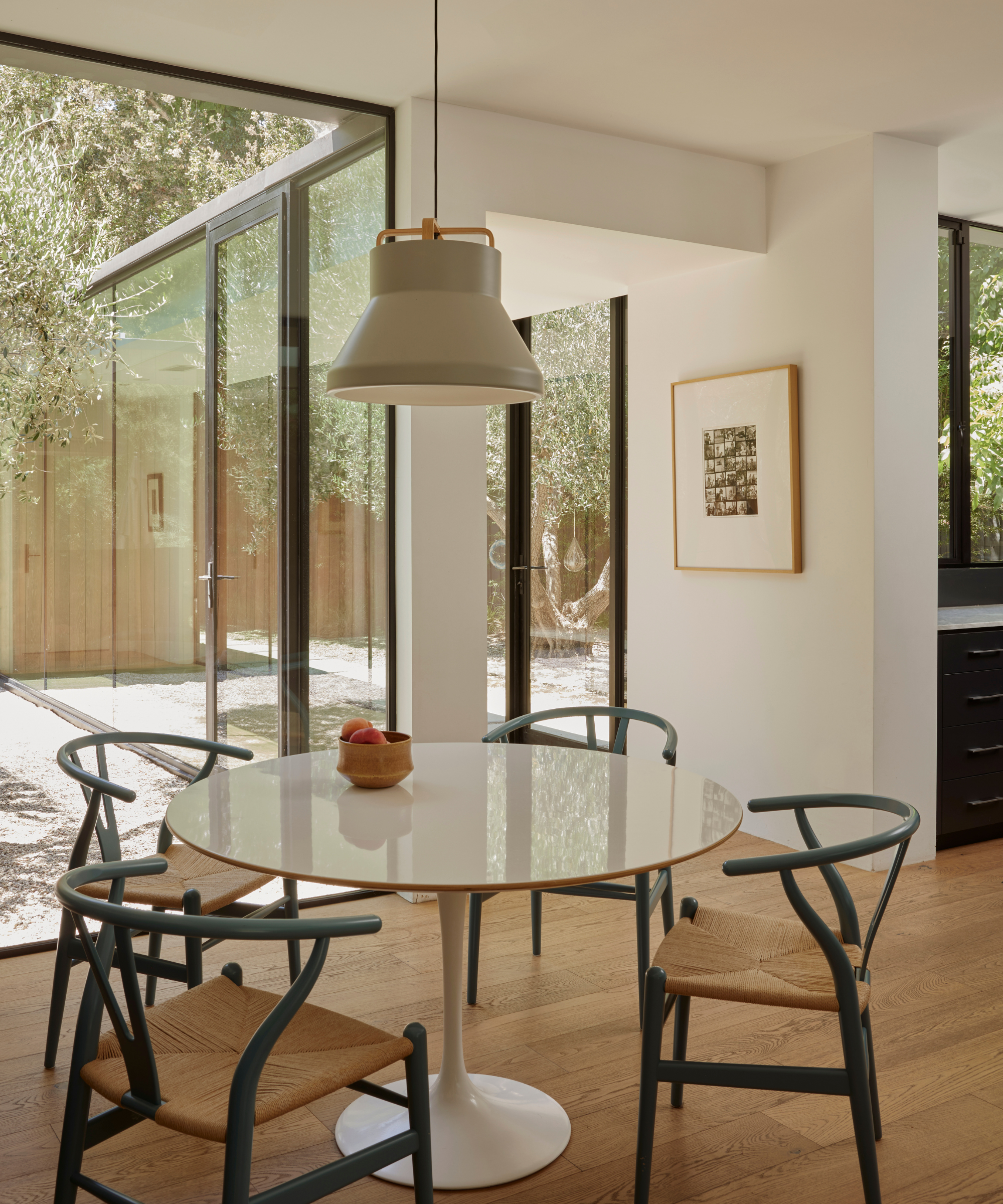
Scandinavian design will take every opportunity to let the outdoors feel present inside. From letting natural light and verdant views pour into a space, to using woods for tactility and warmth. This is clear in the project seen above where the dining corner feels at one with the elements. "Scandinavian design, to us, is the celebration of natural light and materials," says David Thompson, Principal and Founder of Assembledge+. "We love integrating wood materials wherever we can, whether it be for flooring, furniture or exterior siding, as they infuse spaces with a rich texture and warmth. Embracing natural light further enhances natural materials, showcasing their inherent qualities that evolve beautifully throughout the day and from season to season."
Though a fairly minimalist design, it is not without an accommodating vibe and personality. Much like we see in Japandi-style living rooms, a pared-back approach to texture still translates into an organic and inviting finish. "What I often recognize in Scandinavian design (and that could also be in Japanese and Swiss design) is a very reduced material palette," continues Sigurd. In contrast to the florals and intrinsic pattern trends you might spot in England, this is not the way in Scandinavian design. "We keep a very simple material palette; concrete floor, wooden walls, that's it," continues Sigurd. "All the furniture, wood, nothing more. With two materials you can create a whole room."
5. Think humble and inherently functional
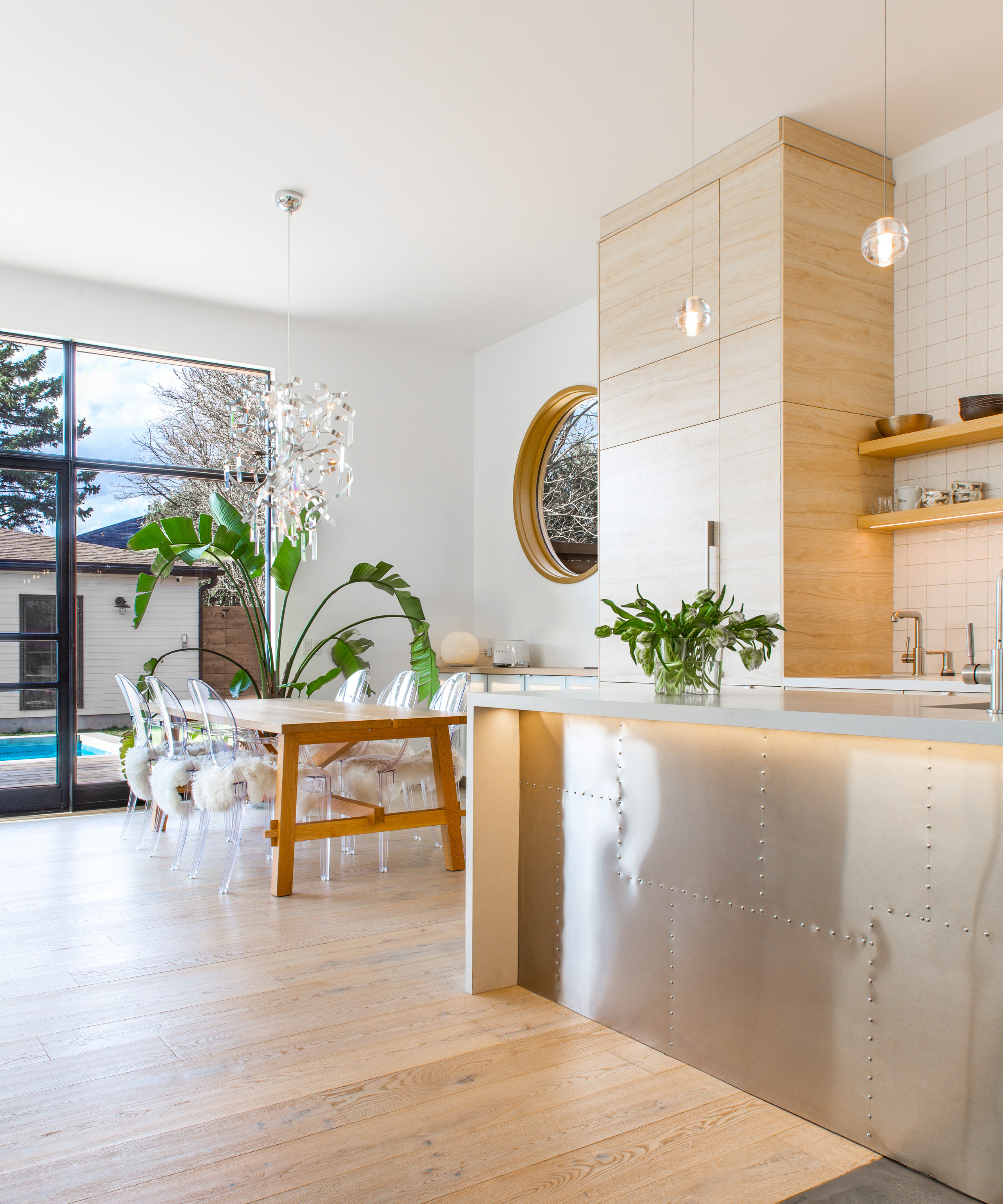
Function and Scandi style home decor sit side by side, and Scandinavian decor works hard at being aesthetically pleasing and always serving a purpose. "I can see that Scandinavian design in a way that it is getting bolder, with more color and bigger pieces of furniture but the play with natural daylight is still the same." Part of having a more creative way with decor also stems from a need to be resourceful.
"Sweden, and the rest of Scandinavia, was very poor and you had to make the most out of little," Christina tells me. "Every piece had to have at least one function and be beautiful at the same time." Finding warmth and joy in dark winters through modern interior design approaches is key, with results that are beautiful and that tell a story. "Scandinavians want a home that feels warm and still reflects the light, that is why Scandinavian design is all about texture, light and warmth."
In true Wabi Sabi spirit, working with what you have – even if it is not perfect – is a design principle to tap into. Flaws equal character. "Swedes surely don’t care about signs of wear and tear, we see it as great memories and a good patina."
These ideas will infuse your home with Nordic qualities at its core, but there are other, simpler ticks you can try, too. Decluttering and more neutral color scheme will give your space an instant Scandi-appeal, as will favoring organic materials and simply a less-is-more approach.
"The easiest thing would maybe be to paint the walls in a warm white and change out your window treatments to something sheer like a natural linen," recommends Christina. "To get the daylight in makes a big difference to any interior." Make time for a Kaffeepause and live the life of Hygge.

Camille is a freelance interiors writer and the former deputy editor of Real Homes where she covered a broad range of topics, including DIY, small space design, and gardens. She studied English language and Italian at the University of Manchester and it was during her year abroad studying in Bologna that she started documenting her adventures and observations in a blog. Camille has a passion for art and beautiful spaces. When not writing or refreshing her home, you will find her gallery hopping, taking photos, painting, and traveling to seek out interiors inspiration.
